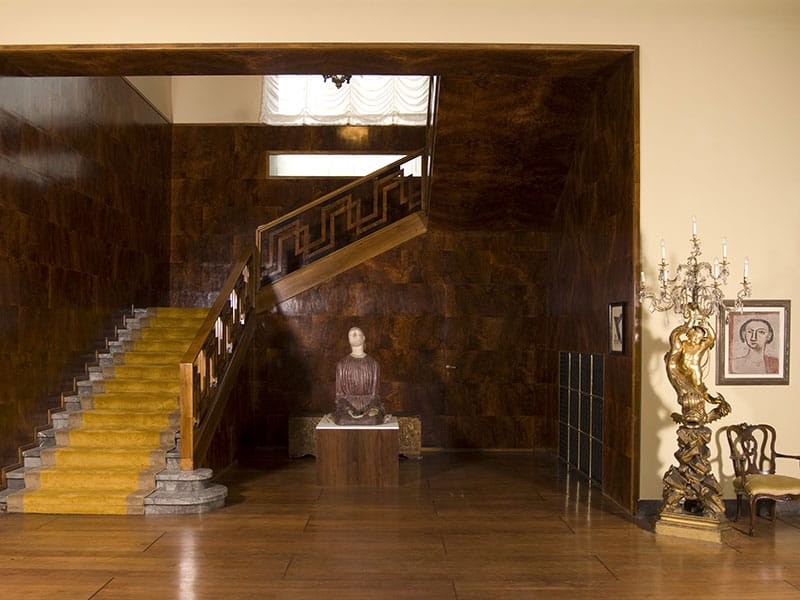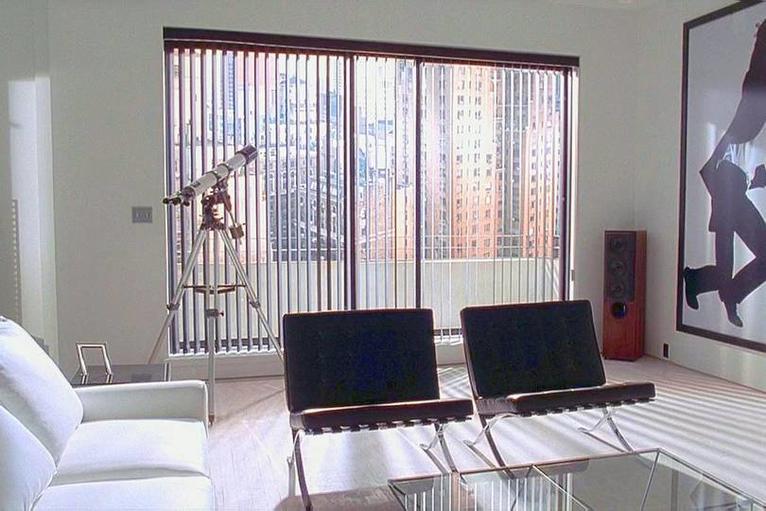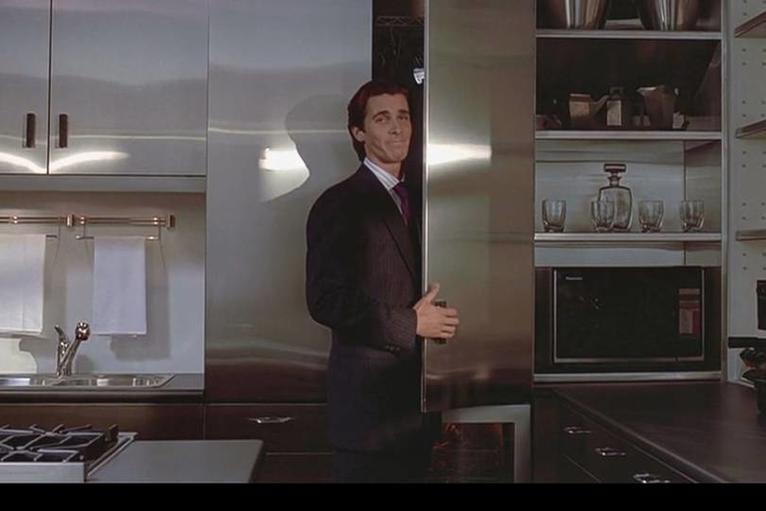Five More Interior Design Films We Love
stories
Interior design in film is a powerful, often underappreciated element that transports viewers beyond the story, immersing them fully in the world of the characters. The colours, textures, and layouts create ambience, set emotional tones, and invite audiences into an experience as much as the plot or actors do. At Luxoria, we have a deep appreciation for how cinema influences and intersects with the world of interior design. Here’s a look at some iconic films where interior design plays a starring role.
High Society 1956 dir Charles Walters
Set against the dreamy backdrop of Rhode Island’s coastal elegance, High Society unfolds in spaces as captivating as its plot. The story follows socialite Tracy Lord and her romantic entanglements, each scene framed by sumptuous interiors and grand architecture that exude old Hollywood glamour. The leading lady, Grace Kelly, embodies sophistication, her charisma harmonising effortlessly with the opulent settings. These spaces, with their rich tapestries and graceful layouts, celebrate a golden age of cinema synonymous with refined grandeur, appealing to those who find beauty in timeless elegance.
Volver 2006 dir Pedro Almodóvar
Pedro Almodóvar’s Volver is renowned for its striking colour palette, where bold hues mirror the emotional intensity of the narrative. Set in Spain’s La Mancha region, the film’s interiors are a tribute to warmth and vibrancy, inviting viewers into a world alive with familial tension and nostalgia. Almodóvar’s keen eye for colour and texture brings life to every room, transforming modest settings into richly layered environments that feel both comforting and complex. These spaces, with their carefully chosen colour schemes and artful lighting, draw viewers into the story’s emotional core and inspire those who value colour as a tool for depth and character.
The Grand Budapest Hotel 2014 dir Wes Anderson
Wes Anderson’s The Grand Budapest Hotel is a masterclass in visual storytelling, where each meticulously designed space embodies his signature style: perfectly balanced compositions, vibrant colour schemes, and whimsical elegance. The hotel interiors create a world where symmetry and careful colour coordination transport viewers into a nostalgic, dream-like setting. Every room is crafted to evoke a unique atmosphere, blending vintage charm with touches of fantasy, making the hotel as much a character as its eccentric inhabitants.
The film’s distinctive palette—marked by soft pastels, rich burgundies, and the now-iconic “Millennial Pink”—set a design trend that would inspire countless interiors in the years to follow. From boutique hotels to high-end homes, Anderson’s aesthetic of pastel sophistication and vintage warmth continues to captivate and influence. His interiors encourage designers to take risks with colour and symmetry, using these elements not just as decor but as storytelling tools that evoke emotion and nostalgia.
Io Sono Amore / I Am Love 2009 dir Luca Guadagnino


Images Sources: Case Museo
In I Am Love, Luca Guadagnino uses the iconic Villa Necchi in Milan as more than just a setting; it becomes a character itself. The villa’s sophisticated interiors are a reflection of the protagonists’ privileged yet complicated lives. The space, filled with refined decor and artisanal craftsmanship, mirrors the tension and passion woven throughout the storyline. Each room within Villa Necchi is meticulously arranged, with vintage furnishings and rich textures that evoke a sense of history and elegance. For those who appreciate the harmony between architecture and interior design, I Am Love offers an opulent yet intimate portrayal of Italian luxury.
American Psycho 2000 dir Mary Harron


Image Source: GQ Middle East
American Psycho offers a chillingly sleek portrayal of 1980s luxury. Patrick Bateman’s apartment is a meticulously designed space that reflects his superficial perfection and hidden chaos. The interior features iconic pieces like the Van Der Rohe Barcelona Chair, the Mackintosh Hill House Chair, and a Paolo Piva coffee table, each one symbolising the protagonist’s obsession with status. These designer items, with their minimalist and almost sterile aesthetic, reveal the film’s critique of consumerism and the emptiness of material excess. This is a design statement for those who appreciate bold, iconic furnishings as symbols of an era’s aspirations—and its disillusionments.
By analysing these films, we see how interiors can amplify storytelling, revealing character depths, evoking emotional undertones, and drawing audiences into a fully immersive experience. At Luxoria, we believe that interior design—whether in a home or on a film set—has the power to convey mood, personality, and story. These cinematic masterpieces showcase not only impeccable design but also the art of creating spaces that speak volumes without a single word spoken.
To see other interior design films we love check out this post. Additionally, you can follow us on Instagram @luxoria_interiors. There you will find some previous work, and current work mixed in with some inspirational work from other designers. On top of that, there is the Luxoria Pinterest page. This chronicles our inspiration as well as collaborations. Additionally, you will find mood boards to inspire, and lifestyle, fashion, interiors and design elements to browse.



